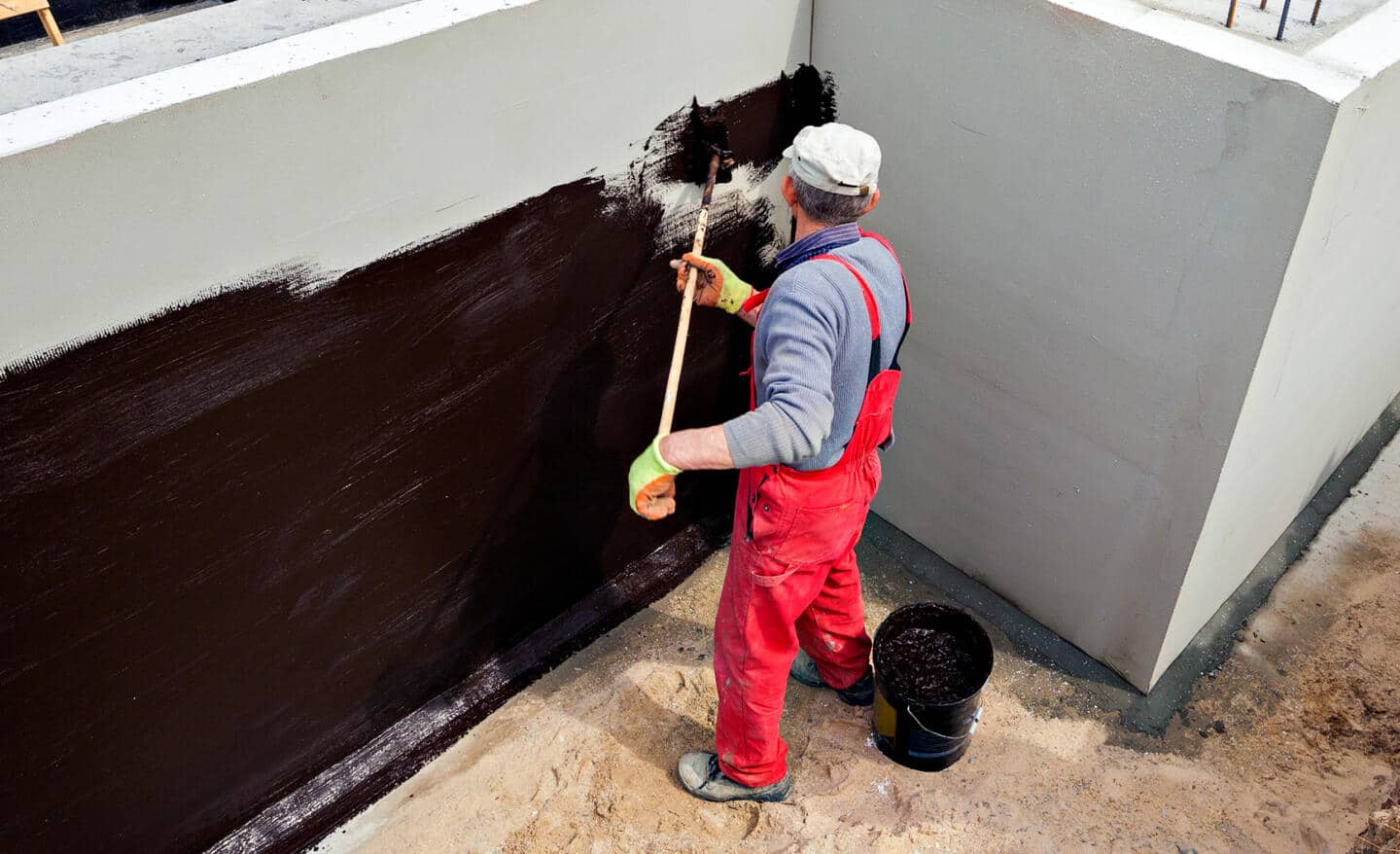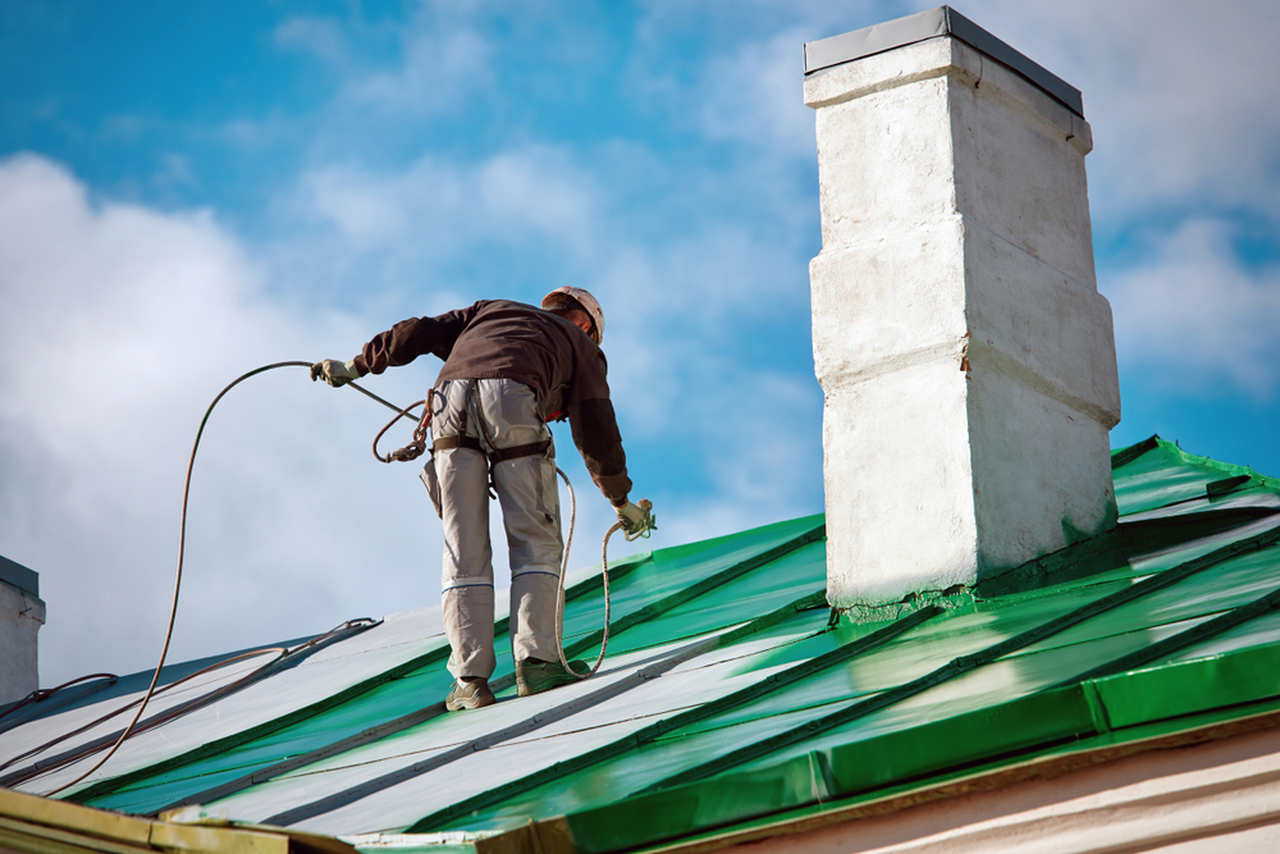How Landscape drainage Omaha Protects Your Foundation from Seasonal Flooding
Wiki Article
Sorts of Waterproofing: Exploring the Different Techniques and Their Applications
Waterproofing is a vital facet of building and construction and upkeep. It shields structures from the damaging impacts of water damage. There are several approaches available, each with its special applications and advantages. From membrane systems to cementitious services, understanding these alternatives is necessary for efficient implementation. The choice of waterproofing approach can greatly impact longevity and long life. Checking out these different methods reveals their distinct benefits and prospective challenges, prompting more consideration of suitable solutions.Membrane Layer Waterproofing Equipments
Membrane waterproofing systems work as a critical barrier against water breach in various frameworks. These systems commonly consist of thin sheets made from products like rubber, thermoplastic, or bitumen, which are used to surface areas to avoid wetness penetration. They can be installed above or below quality and are particularly efficient in locations vulnerable to high water direct exposure, such as basements, roofing systems, and foundations.The installation process includes cleaning the substratum, using adhesives or primers, and specifically suitable the membrane to assure complete protection. Membrane systems can be either fully stuck, mechanically connected, or laid loose, relying on the specific needs of the project. They supply toughness and flexibility, fitting architectural motions without endangering their waterproofing capabilities. These systems can be enhanced with additional layers for enhanced security. Ultimately, membrane layer waterproofing systems are essential for securing structures versus water damages and maintaining long-term honesty.Liquid-Applied Waterproofing Coatings
Liquid-applied waterproofing coverings provide a versatile remedy for protecting surfaces from water seepage - Water Solutions. These coverings consist of fluid materials that, when used, create a seamless, adaptable membrane layer. Their flexibility enables for application on different substrates, consisting of concrete, metal, and wood. The coatings can be made use of in diverse environments, from household to industrial settings, making them suitable for roofs, foundations, and below-grade structures.One considerable advantage of liquid-applied finishes is their capacity to satisfy irregular forms and pass through fractures, developing a durable barrier versus moisture. They often display exceptional attachment residential properties and resistance to UV radiation, ensuring durability and durability. Additionally, the application process is commonly uncomplicated, enabling fast installation and reduced labor expenses. This method likewise reduces the danger of water merging, as the constant layer effectively guides water away from vulnerable locations. Generally, liquid-applied waterproofing coatings are an efficient choice for detailed water protectionCementitious Waterproofing Solutions

Cementitious waterproofing services supply a durable option for frameworks needing trusted dampness defense. These systems mainly utilize a blend of cement, sand, and chemical additives to create a water-proof barrier. They are usually put on surface united waterproofing areas such as concrete wall surfaces, structures, and floorings, providing a durable, long-lasting protection against water intrusion.One of the vital benefits of cementitious waterproofing is its ease of application; it can be used using a brush, roller, or spray, making it appropriate for various project sizes. Furthermore, this technique works with many surface areas and can often be used combined with various other waterproofing techniques.Cementitious remedies are specifically efficient in environments where water exposure is a worry, such as cellars or below-grade frameworks. Their outstanding bond residential or commercial properties guarantee that they bond well with substrates, giving a strong and impenetrable layer versus wetness penetration.
Bentonite Waterproofing
Bentonite waterproofing is an extremely effective technique that utilizes salt bentonite clay to create an all-natural barrier versus water. This method manipulates the distinct buildings of bentonite, which increases upon contact with water, securing any potential leaks and stopping moisture infiltration. It is typically used in different applications, consisting of foundation walls, passages, and keeping wall surfaces, where water resistance is essential.Bentonite can be used in several kinds, such as panels or coverings, supplying versatility in installation. Its capacity to self-seal makes it an eye-catching choice for areas subject to shifting dirt or rising and falling water levels. Additionally, bentonite waterproofing is environmentally pleasant, as it is an all-natural material that does not introduce hazardous chemicals into the surroundings.Water Drainage and External Waterproofing Systems
Reliable waterproofing frequently entails a mix of strategies, consisting of water drainage and exterior systems. Drain systems, such as French drains and sump under deck waterproofing system pumps, are made to reroute water far from structures, minimizing hydrostatic pressure against structures. These systems are important in preventing water buildup that can bring about architectural damage and mold and mildew growth.External waterproofing, on the other hand, entails applying safety barriers to the building's outside. Methods such as the installment of water resistant membranes, coatings, or sealers can assist protect against water seepage. This approach not just secures the foundation yet also boosts the general longevity of the structure.Together, drain and exterior waterproofing systems develop an extensive solution to handle water successfully. By applying these techniques, homeowner can guard their financial investments versus the harmful effects of dampness, making sure lasting stability and safety for their structures.Regularly Asked Inquiries
Exactly how Do I Choose the Right Waterproofing Approach for My Task?
Picking the best waterproofing technique relies on elements such as job type, ecological conditions, budget, and wanted longevity. Assessing these facets allows for educated decisions tailored to details click needs and needs.
Can Waterproofing Be Applied in Winter Conditions?
Waterproofing can be used in cold weather conditions, yet it needs particular materials and methods. Cold temperatures might affect curing times and attachment, requiring cautious choice of products made for low-temperature application.
What Are the Typical Indications of Waterproofing Failing?
Common indicators of waterproofing failing include noticeable water discolorations, peeling paint, damp odors, mold development, and cracks in wall surfaces or foundations. Water Solutions Omaha. These signs recommend that dampness is penetrating the barrier, jeopardizing its effectivenessFor How Long Does Waterproofing Last Prior To Needing Upkeep?
The longevity of waterproofing differs, usually lasting in between 5 to ten years. Aspects such as worldly top quality, ecological problems, and upkeep techniques affect its durability, necessitating routine inspections to ensure efficient security versus water breach.Exist Eco-Friendly Waterproofing Options Available?
The inquiry of green waterproofing choices discloses an expanding rate of interest in sustainable products (Water Solutions). Different natural materials, such as plant-based sealers and recycled items, offer effective remedies while reducing ecological effect, interesting environmentally aware customersReport this wiki page